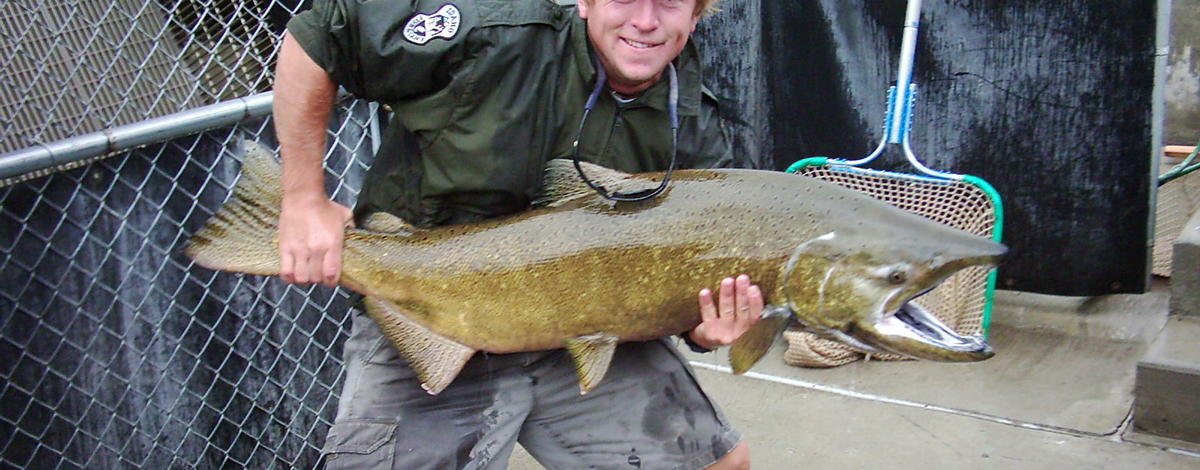
By Tim Copeland/wild salmon and steelhead program coordinator
Young salmon have been leaving Idaho rivers and returning from the ocean as adults since before it was a state, and the number of salmon fluctuates from year to year depending a variety of conditions.
Idaho’s salmon and steelhead are adapted to deal with variable conditions and can be incredibly productive under the right circumstances. That helps our fish bounce back from a bad year, and there’s also been a lot of recent work to make river systems more fish friendly.
The 2017 spring Chinook salmon run was well below the recent average and smaller than earlier forecasted, and the steelhead forecast for the fall is also below average.
However, there’s expected to be a solid return of fall chinook with 27,190 hatchery and naturally-produced fish returning to the Snake River basin. Last year’s return was 37,400 fall Chinook. Fishing season for them opens Aug. 18, and you can read details here.
While most of this year’s salmon fishing was disappointing, it should be taken in the context of recent decades. Idaho’s salmon fishing was severely restricted in the 1990s, but improved runs in the last decade meant consistent fishing seasons, and areas that had been closed to fishing for 30 years were reopened.
When compared to recent years, the poor 2017 run may seem like quite a shock. The spring and summer returns were small enough that Fish and Game managers had to make tough choices, such as severely limit some fisheries to ensure they could trap enough fish to produce the next generation in hatcheries.
Wild salmon were also a lower proportion of the run than usual, which further constrained fisheries and meant fewer wild fish on the spawning grounds.
So what happened to Idaho’s Chinook salmon this year? Most of our spring Chinook salmon return after two years in the ocean, which meant they left Idaho and headed to the Pacific Ocean in 2015.
The 2015 snowpack was below average and young salmon migrating downstream had to swim through rivers that were lower and warmer than normal, which made the trip longer and more perilous. On top of that, a huge mass of warm water off the Pacific Coast meant poor habitat and very little food.
Fish and Game biologists estimated the number of young wild salmon that left Idaho in 2015 was less than half the runs that migrated in recent years. Lower numbers of wild salmon leaving Idaho coupled with worse-than-average river and ocean conditions lead to the low returns in 2017.
The number of steelhead returning to Idaho in 2016 was also below average. Most hatchery steelhead from the Salmon River return after one year in the ocean. The low number of one-ocean steelhead that returned in 2016 was another early indicator things weren’t looking good for this year’s spring Chinook return, but it turned out worse than expected.
Salmon runs naturally fluctuate, even in Alaska where river systems are intact and many are in pristine condition, so an occasional down year comes as no surprise.
Fortunately, there are early signs that next year should be better for Idaho salmon. More young, wild salmon migrated to the Pacific in 2016 than in 2015, and many of those fish that left in 2016 will return in 2018.
Juvenile “jack” salmon that spend only a year in the ocean returned to Idaho in greater numbers this year than in 2016, which is another good sign, especially for Idaho’s hatchery salmon. Early indicators predict an average run of hatchery fish for next year’s salmon fisheries.
Also, ocean conditions in 2017 have improved following the cold winter, which dissipated the “blob” of warm water that had lurked off the coast since 2014. The high flows from this year’s big snowpack should help more young salmon reach the ocean, so runs should be even better in 2019.

